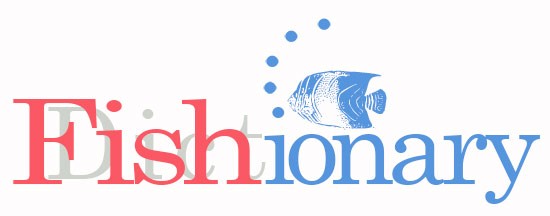Longline
A longline a type of fishing gear that is generally used to target pelagic species, such as large tuna and billfish. Baited hooks are attached to a long fishing line via shorter branch lines called snoods or gangions. Longlines can be anchored or freely adrift (with tracking devices so they can be retrieved). In certain open … [Read more…]
